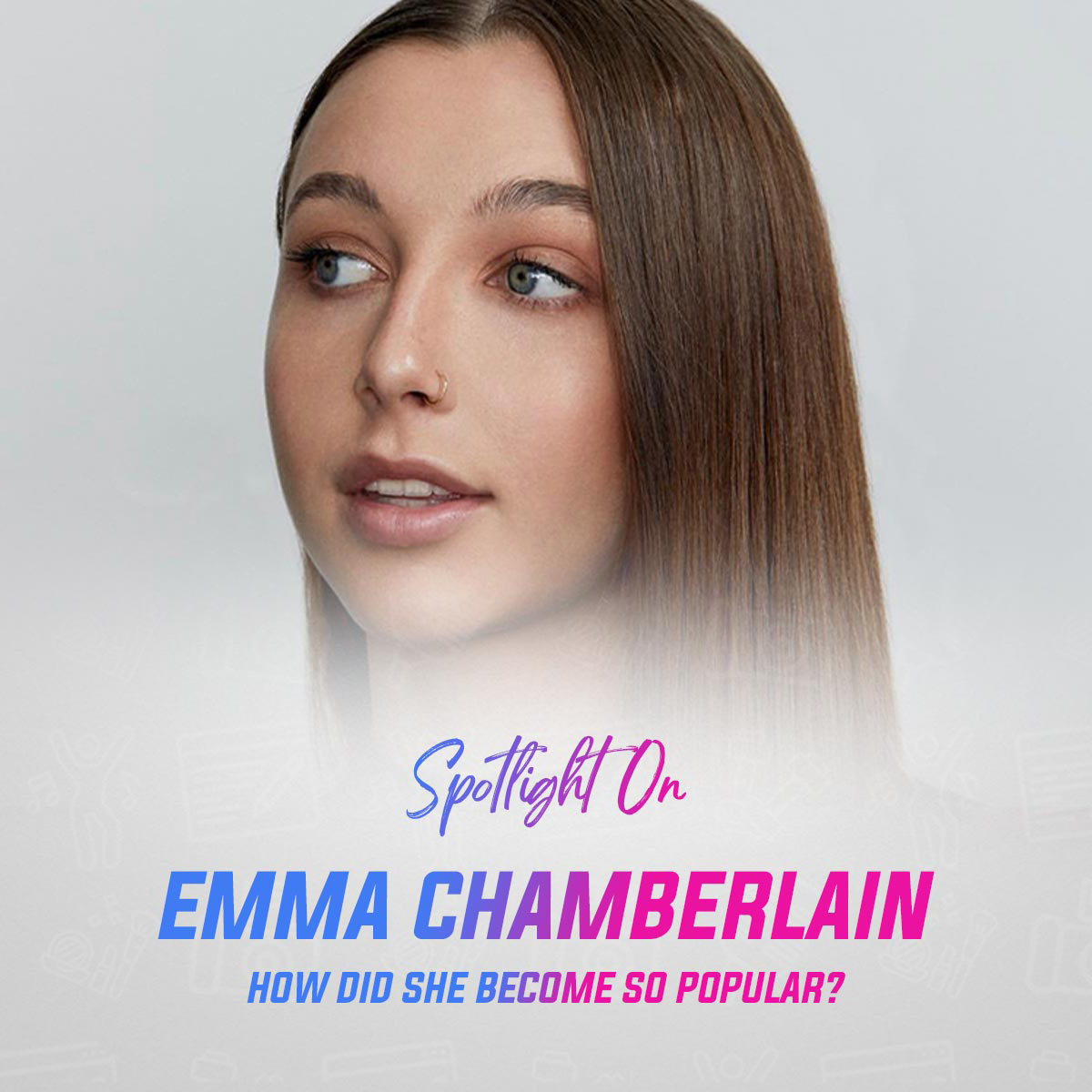Photo by NeONBRAND on Unsplash
You’ve created your course, now what? The next step you take should be to market your course. In this post we’ll dive into how and where you should consider marketing your course, including the most beneficial online advertising methods.
Create A Funnel
Marketing is all about persuasion, whether you are selling a course or a healthy lifestyle. One of the more subtle ways to persuade people and turn cold leads into viable prospects is to create a funnel.
Creating a successful funnel takes time and expertise.
A funnel usually begins with an ad. Continues to free promotion where leads are encouraged to provide contact information, and then retargeting begins, either through additional ads or email or text message marketing.
The most common – and most successful – funnels tend to take on the following formula:
Ad → landing page → request for contact information (usually to unlock free content)→ retargeting content.
Free and Paid Methods To Market A Course
The intention of segmenting marketing into free and premium options is to ensure you know where and how you should spend your marketing dollars. Marketing isn’t more effective, the more money you spend. But through a tactical approach – combining free and paid options – to create the ideal funnel, you can maximize your marketing budget.
With respect to marketing a course, you need to focus on highlighting your course’s worth while strengthening your credibility.
Marketing won’t be nearly as effective if potential attendees aren’t given reasons they should pay within seconds of viewing an ad.
Free Marketing
If you don’t have much marketing experience, it’s advisable to start with free options. While free marketing can take longer to produce significant results, it allows you to test what works and what doesn’t. Therefore, when you scale you’re able to put your ad dollars to good use. Besides, most funnels will include one or two free options.
Medium
Medium has a large audience of readership, and articles from the website often gain significant traction through SEO.
As a course instructor, you can market your course by publishing blogs that pertain to information within your course.
When using Medium, don’t only write for SEO, but write for the platforms’ internal algorithm. In that way, your article will be promoted by Mediums curators and gain immediate notoriety.
Secondary to creating articles for the algorithm should be to create posts that can rank quickly. Your blog posts should focus on solving a pain point and elude to how your course goes into greater detail about that specific point.
Quora
Credibility is crucial to marketing a course. Quora allows you to gain that credibility by displaying your expertise among other experts. Quora answers often appear on the first page of common search terms. Therefore by extension, your answer will also appear on the first page of search results. If you’re methodical about the questions you choose to answer and how you choose to use your profile and answer, you can promote your course in a subtle manner that isn’t spamming but beneficial.
Guest Posts
Another method to gain credibility is to write guest posts. Guest posting itself can be time-consuming as many websites require you to participate in a rigorous vetting process before your content appears on their website. However, if your article is selected to be published you gain access to a new – and engaged – audience.
When you’re creating a guest post to market a course, you want to highlight why you have insight into the topic you’re discussing. The purpose is not to promote your course outright but rather to display your level of intellect and prowess on a subject matter.
Guest Appearances
Similar to guest posting, guest appearances give you exposure to a new audience. However, when reaching out to podcast hosts give insight about what you do, what expertise you have, and how that can enhance their content. Also, focus on podcasts that have the niche you’re targeting.
Publish A Book
Publishing a book won’t bring students instantly, but having a book as a course instructor works as social proof. It’s a PR stunt many celebrities use to take control of their narrative or to preempt a career shift, and as a course creator, it can help you take control of your marketing endeavors. If you’re considering guest appearances and webinars, it sounds better to add the author of such and such to your bio than simply relaying your years of experience.
Email Marketing
Without an email list, email marketing can be a struggle to get into. However, there are ways to get a spot on an existing email marketing campaign, but this is usually at a fee, and may not be as beneficial if you’re not on the right list.
However, where email marketing shines is as a part of a funnel. Because it’s far easier to convince someone to part with an email address than with a few hundred dollars.
Paid Marketing
If you want to get eyes on your course quickly, you’ll probably have to spend some money on advertising.
But, with the combination of the right platform, good copy, and precise targeting paying for ads should never be considered a waste.
LinkedIn Ads
On average, users spend 7 minutes on LinkedIn. It’s also the largest social network for professionals looking to either further their careers. If professionals are the primary target of your course, you’ll have more success on LinkedIn than on any other network. LinkedIn also works best as the start of a funnel. The ads you create should coax prospects to share information instead of encouraging them to purchase a product.
Facebook Ads
Facebook ads are simple and effective. Essentially you have the largest group of users available to advertisers, and you can be microscopic with your targeting. Even a budget of $100 can have tremendous results if you know who to target with your ads.
When you’re starting – and if you have minimal experience – dedicate about 5 to 10% of your marketing budget to trial Facebook ads.
If your course hasn’t been attended by enough pupils to create an avatar, choose an audience that has:
a) an interest in education
b) has an interest in your topic.
YouTube Ads
While YouTube is slightly more costly than Facebook and LinkedIn, if you know how to create ads that have an impact and select a target audience that will be compelled to sign up for your course, you’ll have outstanding results.
When you’re creating a YouTube ad, start by selecting the ad format that is best for your budget and outcome. For example, if you are using overlay and display ads, focus on using power words and persuasive images that excite or intrigue people to click. If you are using skippable or non-skippable ads, focus on identifying a universal pain point and then hone-in on how you solve it with your course. You can also add information about your expertise and social proof to boost your credibility, but that should be at the end of the ad.
Affiliates
Affiliate marketing is technically free – or requires a minimal upfront cost to start – but the infrastructure, and the assets that affiliates use, means there is some upfront cost. That said, affiliate marketing is the best option if you have a minimal advertising budget. Because if you make the revenue sharing model more appealing, you’ll discover that more affiliates will join and begin promoting your course.
And when you have more affiliates promoting your course you’re also building awareness, and in a way credibility, around your course.
PPC Ads
If you’re going to do PPC Ads, it’s probably best that you hire a professional. Targeting the wrong keywords and creating ineffective copy will be an expensive blunder.
Professionals will have greater knowledge about how to market services like a course. Because unlike general services or products, you still need to convince prospects that your course is worth signing up to and paying for.
However, because you’re targeting specific keywords you are more likely to get warm prospects for your course.
Influencer Marketing
Using nano and micro-influencers can be a more affordable option to promote your course. However, before approaching an influencer, do your due diligence about their reach and engagement. Be sure that there is a significant overlap between your target audience and their audience. Secondly, consider how many of those who interact with their content will sign up. There is usually between 0.2% and 2% conversion rate for smaller influencers. Therefore, if only 100 people engage with a post, at best, you can expect two sign-ups and, at worst, none. However, you can also use an influencer’s endorsement as social proof for your course, allowing you to maximize your spend.
After reviewing these options, you’ll find a way to promote your course in a manner that allows you to stay within budget and multiply the number of attendees you have.






